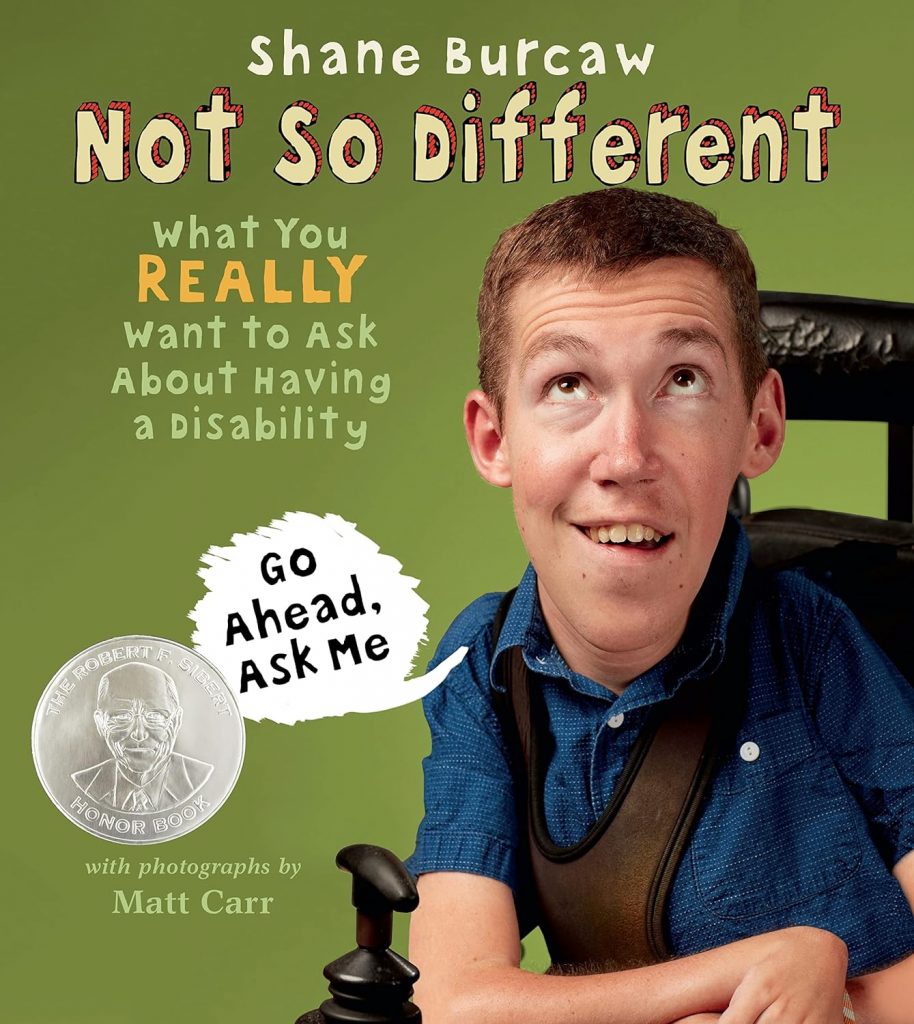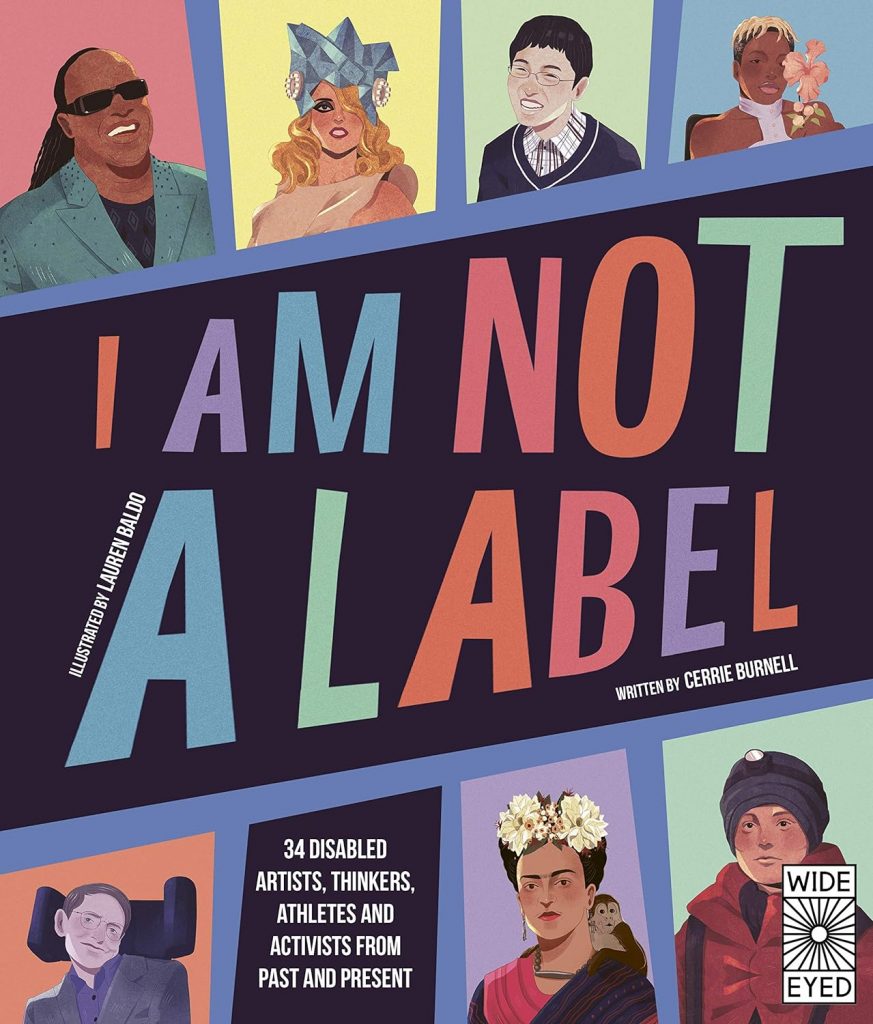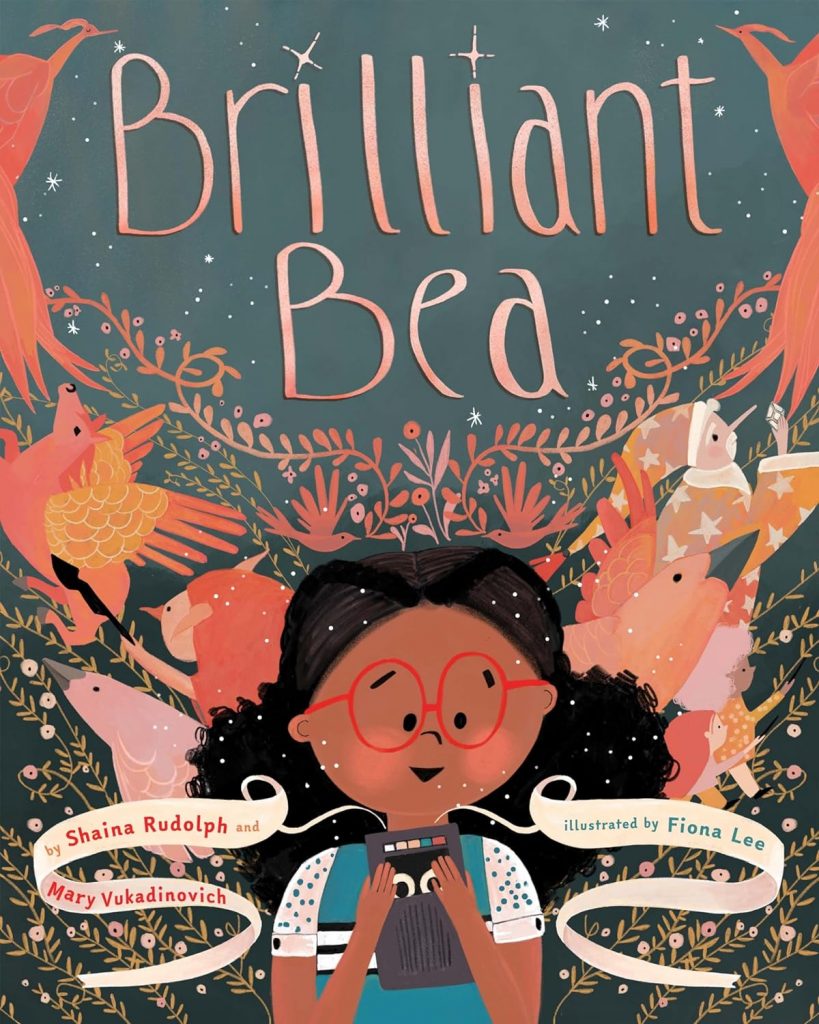Teaching about disabilities can help in the development of a child by promoting empathy and understanding. Encouraging kindness and compassion and building awareness also helps reduce stigma. The goal is to foster a sense of inclusion while developing critical thinking skills.
By exposing children to different experiences and challenges faced by individuals with disabilities, it helps them develop empathy and understanding. It also teaching them the importance of being kind and compassionate towards others.
Learning about disabilities also raises awareness and reduces stigma, challenging stereotypes and misconceptions. It fosters a sense of inclusion by highlighting the value of treating everyone with respect and dignity, regardless of their abilities.
Additionally, teaching about disabilities encourages critical thinking about diversity, equality, and inclusion, challenging children to question stereotypes and biases, and consider different perspectives and experiences.
Below are a few books written about (dis)abilities for ages 6 to 8. A short synopsis and why it is good reading material are offered below, along with links to buy the book(s).

“Not So Different: What You Really Want to Ask About Having a Disability” by Shane Burcaw is a candid and informative book that addresses common questions about disabilities. Through personal anecdotes and humor, Shane Burcaw, who has spinal muscular atrophy, shares his experiences and challenges, providing readers with a better understanding of what it’s like to live with a disability.
This book is excellent teaching material because it promotes empathy, understanding, and awareness of disabilities. Through Shane’s candid and humorous storytelling, readers gain insight into the daily life of someone with a disability, challenging stereotypes and fostering a greater appreciation for diversity.
“Not So Different” also teaches valuable lessons about acceptance and inclusivity. By sharing his personal experiences, Shane encourages readers to see beyond disabilities and to focus on the abilities and unique qualities of individuals.
Furthermore, the book encourages readers to ask questions and engage in open discussions about disabilities. Shane’s approachable and candid style invites readers to learn more about disabilities and to consider how they can be more inclusive and supportive of people with disabilities in their own lives.
In conclusion, “Not So Different” is a valuable learning tool that promotes empathy, understanding, and acceptance of disabilities. Its engaging and humorous approach makes it accessible to readers of all ages and backgrounds, making it a great resource for teaching about disabilities and promoting inclusivity and diversity.

“All the Way to the Top: How One Girl’s Fight for Americans with Disabilities Changed Everything” by Annette Bay Pimentel is a compelling biography that tells the story of Jennifer Keelan-Chaffins, a young girl with cerebral palsy who became a prominent activist for disability rights. The book follows Jennifer’s journey as she fights for the passage of the Americans with Disabilities Act (ADA), highlighting her determination and courage in the face of adversity.
This book is excellent teaching material because it promotes resilience, activism, and the power of advocacy. Through Jennifer’s story, readers learn about the importance of standing up for what you believe in and fighting for equal rights and opportunities for all.
Additionally, “All the Way to the Top” teaches valuable lessons about the history of disability rights in the United States. By highlighting Jennifer’s role in the passage of the ADA, the book educates readers about the challenges faced by people with disabilities and the progress that has been made in ensuring their rights are protected.
Furthermore, the book encourages readers to think critically about issues of accessibility and inclusivity. By showcasing Jennifer’s determination to climb the steps of the U.S. Capitol Building during a protest, “All the Way to the Top” prompts readers to consider how they can contribute to a more accessible and inclusive society.
Overall, “All the Way to the Top” is a valuable learning tool that promotes activism, empathy, and inclusivity. Its inspiring story and powerful message make it a great resource for teaching children about the importance of advocacy and the impact one person can have on creating positive change.

“I Am Not a Label: 34 Disabled Artists, Thinkers, Athletes, and Activists from Past and Present” by Cerrie Burnell is a captivating collection of biographies that celebrates the achievements of disabled individuals throughout history. The book profiles 34 remarkable individuals, highlighting their contributions to art, science, sports, and activism, and showcasing their resilience and determination in overcoming obstacles.
This book is excellent teaching material because it promotes diversity, inclusion, and the celebration of individuality. Through the inspiring stories of these disabled individuals, readers learn about the importance of embracing differences and recognizing the unique talents and perspectives that each person brings to the world.
“I Am Not a Label” also teaches valuable lessons about disability rights and advocacy. By highlighting the accomplishments of these individuals, the book educates readers about the challenges faced by people with disabilities and the importance of fighting for equal rights and opportunities.
Adding in, the book encourages readers to think critically about stereotypes and prejudices towards people with disabilities. By showcasing the talents and achievements of these individuals, “I Am Not a Label” challenges readers to reconsider their assumptions and to approach disability with empathy and understanding.
In conclusion, “I Am Not a Label” is a valuable learning tool that promotes empathy, inclusivity, and the celebration of diversity. Its engaging profiles and inspiring stories make it a great resource for teaching children about the achievements of disabled individuals and the importance of recognizing and embracing differences.

“Brilliant Bea: A Story for Kids With Dyslexia and Learning Differences” by Shaina Rudolph is a heartwarming story about a young girl named Bea who struggles with dyslexia. The book follows Bea as she navigates the challenges of school and learns to embrace her unique way of learning.
This book is excellent teaching material because it promotes empathy, understanding, and self-acceptance. Through Bea’s story, readers learn about the experiences of children with dyslexia and the importance of supporting individuals with learning differences.
Adding on, “Brilliant Bea” teaches valuable lessons about perseverance and resilience. Despite facing challenges in school, Bea remains determined and finds creative ways to succeed, inspiring readers to persevere in the face of difficulties.
Moreover, the book encourages readers to think differently about learning and intelligence. By highlighting Bea’s strengths and talents, “Brilliant Bea” challenges the notion that success in school is solely dependent on traditional academic skills, encouraging readers to recognize and celebrate diverse forms of intelligence.
In conclusion, “Brilliant Bea” is a valuable learning tool that promotes empathy, resilience, and self-acceptance. Its engaging story and positive message make it a great resource for teaching children about dyslexia and learning differences, and for promoting a more inclusive and understanding society.
Leave a Reply